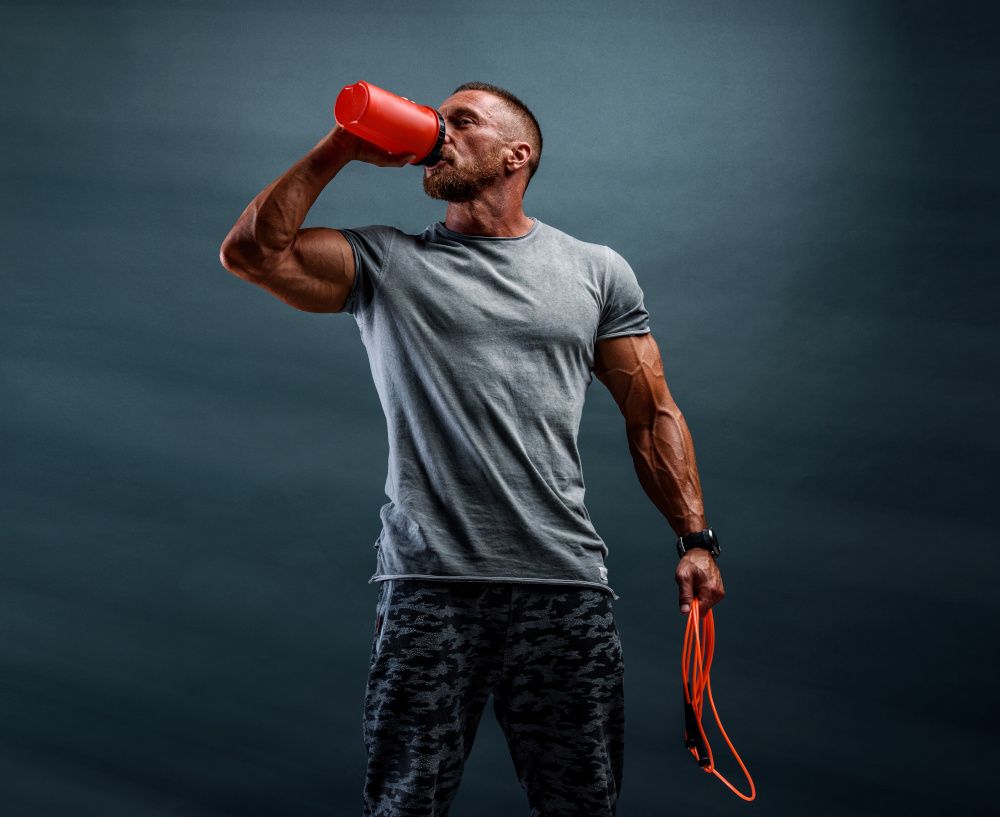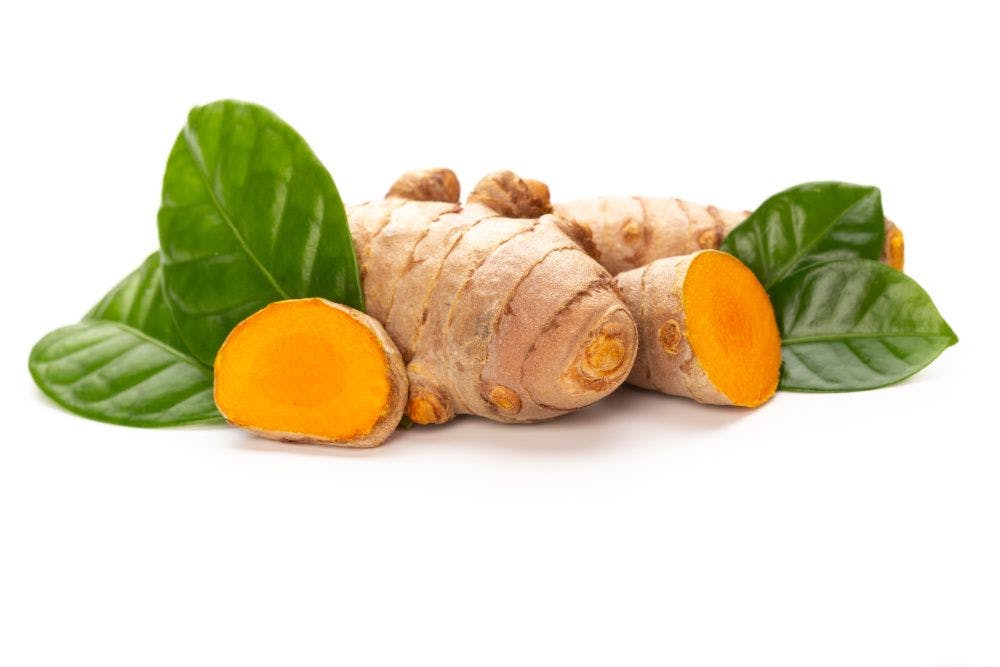Switching Gears: COVID crimped sports routines, but it didn’t stop sports-nutrition needs
With more consumers discovering what sports nutrition has to offer, they’re raising expectations for the category.
It’s no secret that exercise habits were thrown for a loop during the COVID-19 pandemic. As Maria Stanieich, marketing manager, Kyowa Hakko USA (New York, NY), recalls, “With gyms closed and group fitness shifted to outdoor workouts, wellness activities had to adapt.”
But by no means did they stop. In fact, 62% of U.S. consumers told the Natural Marketing Institute that they became more health-conscious during COVID-19, not less. “With a greater focus on general and everyday health,” Stanieich adds, “maintaining an active lifestyle and supporting overall wellness remained top reasons for taking supplements.”
Now as restrictions ease, restless athletes of both the everyday and occasional varieties will resume—and even ramp up—their fitness routines. And they’ll be looking for active-nutrition products to support them.
Change of Plans
Rachel Jones, MS, RDN, chief nutrition officer, GNC (Pittsburg, PA), summarizes COVID-19’s effect on physical fitness this way: “Work from home equals workout from home.”
And how. During lockdown, purchases of home-gym equipment took off, restless netizens swamped digital platforms to join virtual classes, and a self-care awakening all “provided an outlet for managing stress and mental well-being while helping to maintain a sense of connection with others,” Jones recalls.
Niki Kennedy, senior manager, strategic insights and analytics, Glanbia Nutritionals (Chicago), agrees. Data from Glanbia’s May 2021 U.S. Consumer COVID Tracker found that consumers actually “adapted incredibly well following lockdown,” she says, “shifting activities to in-home gyms or outdoors while public gyms and exercise classes weren’t available.”
And even with fitness centers opening back up at the time of the survey, 65% of respondents told Glanbia they were still working out at home, with 51% still heading outside to sweat; by contrast, only 17% claimed to have returned to the gym.
Slowed, but Not Stopped
As for how these shifting patterns affected demand for nutritional support, Steve Fink, vice president, marketing, PLT Health Solutions (Morristown, NJ), recalls early concerns that the closure of fitness centers would destabilize the active-nutrition market and cause all product development to stop.
And to be sure, activity slowed during Q2 of 2020. “But as in every other phase of life,” Fink says, “the industry adjusted. We actually saw a significant uptick in category new-product development in the second half of 2020, and we saw a number of products featuring our ingredients come to market in the first half of 2021.”
Since then, the scenario hasn’t just normalized; it’s downright improved. As David Trosin, managing director, health sciences certification group, NSF International (Ann Arbor, MI), points out, “When you compare 2021 to 2019’s pre-pandemic production levels, we’ve seen a healthy resurgence and growth of brands, boosting 2021 year-to-date production well above that of pre-COVID years.”
Kennedy’s also noticed a return to pre-lockdown demand “as diehards look to maintain and others come back to the category to reignite their post-COVID routines,” she says. And though convenience products and single-serving formats took a dip with folks hunkered down at home, meal replacements with high-quality protein and “smart-nutrition products that offer additional benefits”—think immunity, mood, stress, and sleep—performed well then and continue doing so now, she says.
Whole-Body Fitness
The premium that active-nutrition consumers now place on those “additional benefits” reflects a change not just in the active-nutrition category but in notions of activity itself.
“After more than a year away from the gym, consumers are different,” Fink declares. “They’re returning with different concepts of what they want from their workouts and what they need from active- and sports-nutrition products.”
Tangible results will always win, he concedes, but fitness increasingly encompasses self-care and wellness, too. “This will mean rethinking some active- and sports-nutrition products,” he predicts, as “ideas like ‘a sense of balance,’ ‘enhanced mood and lower stress,’ and ‘more energy during the day’ all become part of the growing wish list.”
And as definitions of fitness broaden, Jones foresees “great opportunity in reaching previously untapped consumers, such as parents looking for balance.”
Indeed, a lasting legacy of the pandemic may be that “the active-consumer base now spans a larger audience and is becoming more inclusive of athletes at all levels and ages,” Stanieich wagers. “These consumers are interested in products that support and fuel their lifestyles, whether that’s about performance and endurance, long-term health, or simply finding new ways to achieve physical fitness.”
Playing Games
One new contingent that the category is courting is the growing population of esports enthusiasts, who turn to active nutrition at least as much for mental strength and stamina as for physical.
And they’re not just playing games. “As it turns out, gaming athletes perform at high levels of competition and need just as much nutritional support as their more traditional athletic counterparts,” observes Elyse Lovett, vice president, marketing, Nutrition21 (Harrison, NY). And these days, that support is arriving in the form of nootropics.
New research1 that Nutrition21 presented at this year’s International Society of Sports Nutrition annual conference provided evidence that nooLVL—the company’s non-stimulant nootropic complex of bonded arginine silicate plus inositol—enhanced short-term memory, reasoning, concentration, and reaction time in subjects both before and after a one-hour gaming challenge.
“This new data strengthens the science behind nooLVL for improving cognitive benefits for esports gamers, who rely on quick responses, focus, memory, and fine motor skills to excel during competition,” Lovett says. But elite e-athletes won’t be the only beneficiaries; as high-profile gamers continue connecting their performance to nutrition, she predicts a “trickledown effect” on general consumers, too—“especially those who might have never been exposed to sports nutrition if it weren’t for their interest in video games.”
Quick Thinking
Beyond the realm of digital competition, athletes are gaining a better appreciation of how the brain and body interact on the playing field. “With many professional athletes focusing on the cognitive and mental-health aspects of their sports,” Kennedy says, “we expect to see greater emphasis on mental performance and recovery.”
Studies are already exploring how supplementation with bioactives affects performance psychology, she says, with phosphatidylserine appearing “to combat deterioration due to overtraining while promoting feelings of well-being” and evidence suggesting that L-carnitine may improve mental agility.
Meanwhile, Fink notes that PLT’s Zembrin Sceletium tortuosum extract lends “clinically demonstrated support for calm focus and alert serenity,” helping people “feel better and more focused when they work out.” And who wouldn’t want that? “As we like to say, nothing is too difficult with the right frame of mind,” he adds.
Raising the Bar
Yet with more consumers discovering what sports nutrition has to offer, they’re raising expectations for the category.
Kennedy points to Hartman Group research finding that personalized functionality, along with “higher product-design expectations,” are emerging as powerful purchase drivers. “Consumers, especially younger ones, aren’t as willing to accept products that don’t meet their standards for quality ingredients, sustainability, flavor, or health,” she says. “That’s a tall order for many brands.”
Take plant-based proteins. “It’s no secret that plant-based protein ingredients have been linked to taste, texture, and purity challenges in sports-nutrition formulations,” explains Ryan Bracken, co-CEO, Merit Functional Foods (Winnipeg, Manitoba, Canada), “especially those that traditionally relied on whey or dairy-based proteins. That’s a perception we’ve been working to uproot.”
He claims that Merit’s proprietary extraction and membrane-filtration technology not only maintain plant proteins’ nutritional profile but “provide a neutral taste and color that can work with whatever flavor profile an application may have, from a classic white vanilla to a rich salted caramel and beyond,” he says. “When consumers have positive experiences with these products—like improved performance, enhanced recovery, or great taste and texture—they’re more likely to make them permanent parts of their lifestyle. We’re seeing this happen in sports nutrition.”
Playing Clean
Bracken also notes that by sourcing its pea and canola raw materials entirely from Western Canada, near Merit’s Winnipeg, Manitoba, production facility—powered by renewable hydroelectric energy, no less—the company cuts its food miles and scores a win for the environment. “We’re working hard to develop plant proteins that change the way consumers get their protein and improve the life of the planet and its people,” he says.
And sports-nutrition users are watching. “Consumers recognize that the products they choose have a direct effect not just on themselves but on the planet and all who inhabit it,” observes Pavel Hejsek, EverPro product owner, EverGrain Ingredients (St. Louis, MO).
So, while soy, pea, oat, and other plant-based proteins have established themselves as mainstream sources, Hejsek points to barley as an emerging option that not only delivers “high-end nutrition” but has “the added benefit of being the world’s most sustainable protein and fiber,” he says. He’s seen it gain traction in ready-to-mix and -drink shakes, bars, functional coffees, and teas—even pancake mixes.
Other ingredients that check consumers’ clean-and-green boxes include plant-based energy sources. Kennedy notes that the bioactives in Glanbia’s FitNox “provide 100% plant-based, non-stimulant vasodilation and endurance-boosting energy in a label-friendly ingredient. As consumers, especially younger ones, seek sustainable, high-quality ingredients, we expect growth in these types of products.”
Prove It
All this development is exciting—both for sports-nutrition brands and their consumers. But, as NSF’s Trosin notes, “Athletes are laser-focused on their health and the micro and macronutrients they take in. We have frequent conversations with sports leagues, coaches, sporting organizations, athletes, and athlete representatives—and common among all is a desire for trustworthy dietary supplement and sports-nutrition products that are well made, safe to take, and contain what they claim.”
Unfortunately, claims in the space can be as breathless as a sprinter crossing the finish line. “We’re always chasing the next super nutrient or magic ingredient,” Trosin avers. “But in my experience, there’s no substitute for formulating good, clean products that don’t make unrealistic promises or hide low levels of ingredients in proprietary blends. The best approach is the honest approach.”
Reference
- ClinicalTrials.gov Identifier: NCT04828278. Posted April 2, 2021.

Prinova acquires Aplinova to further increase its footprint in Latin America
April 7th 2025Prinova has recently announced the acquisition of Brazilian ingredients distributor Aplinova, which is a provider of specialty ingredients for a range of market segments that include food, beverage, supplements, and personal care.























